Varnishes are products applied on tinplate to improve the chemical and physical resistance of the container bodies and lids against attacks from the packaged product. Its importance is paramount for the correct performance of the packaging, and therefore requires thorough approval prior to its continuous use in manufacturing processes.
It is therefore necessary to have a procedure for the evaluation and, if necessary, the approval of coatings applied for the internal and external coating of packaging components.
The various control tests must be carried out by the quality control department together with the coating managers and the technical management, who are ultimately responsible for the approval.
METHODOLOGY
The evaluation process consists of subjecting the product to different stages of use, in its normal process of use, following the different stages described below:
- PHASE 0 / Initial stage. Samples of laboratory applications.
- PHASE 1 / First stage: Endurance tests.
- PHASE 2 / Second stage: Application test and mechanical behavior.
- PHASE 3 / Third Stage: Adequacy Testing.
PHASE 0: INITIAL PERIOD
It is used to assess the characteristics of the varnish and its use. It can be considered a laboratory level contact with the new varnish. No lids will be manufactured, except for those used for this process.
Laboratory-varnished plates of sufficient size for the production of covers and/or inlayed bodies shall be submitted for performance tests as regards:
– Physical resistance (hardness, adhesion, flexibility, porosity, etc.)
– Chemical resistance against simulating liquids, depending on the technical characteristics of the varnish applied, as well as the manufacturer’s recommendations for use.
The technical data sheet of the product, as well as its general characteristics of use, and certificates of compliance with FDA and EC regulations as well as migration and other certificates of compliance with regulations that are considered necessary, will be required as documentation.
PHASE 1: CHEMICAL RESISTANCE TESTS
Once the laboratory tests have been carried out and only if they are satisfactory, a small quantity of sheets should be machine varnished, for which it is necessary that the supplier delivers a sufficient quantity of varnish (50 Kg) to carry out a standard application, of about 25-50 sheets, on which the tests indicated below are determined, and to determine if the chemical and physical resistance of the varnish is adequate to the expected characteristics of the varnish application.
In addition, if the varnish is for the inside of covers, the adhesion of the different rubbers on it must be assessed.
If the results of all the tests are in accordance with the expected characteristics of the varnish application, coinciding with the previous results on laboratory plates, we proceed to manufacture easy-open lids, according to the product specification.
With these lids, a chemical behavior control is carried out, which consists of two phases:
– Packaging tests with simulating liquids. After sterilization, the containers should be compared with other products of the same characteristics, which are currently being used, checking the chemical resistance of the new varnish against the packaged ones, and assessing the appearance of bubbles, stains, matting, etc.
– On the manufactured caps, a pack-test is carried out, packaging real products, according to the chemical characteristics of the product, which will be chosen together with the supplier. A minimum of 24 containers of each product chosen will be filled.
These packaged products are subjected to an aging process in an oven at 40-42°C, opening jars in the following periods: 15, 30, 60, 90 and 120 days, and evaluating the behavior of the varnish, in the same aspects mentioned in the sterilization processes with simulating liquids.
120 days of aging at this temperature corresponds to approximately 3 years of product life in the market under normal conditions.
PHASE 2: APPLICATION AND PHYSICAL ENDURANCE TESTS
In this phase, the application of the product is evaluated, in varnishing lines, as well as the handling of the varnished sheets in terms of their physical characteristics. It will only be carried out once the aging tests have been completed and it has been verified that the varnish is suitable for packaging.
200 kg of product are required. In one of our varnishing machines, the varnish is applied, according to the specifications of the technical data sheet, until a tinplate block (1000-2000 sheets) is produced.
Together with the technical management and the production management, we proceed to manufacture the containers or lids, according to the characteristics of the material and the format for which it is intended or if it is for several uses, the one that is considered more demanding for the varnish (lids, stuffed cans, etc.).
We then proceed to evaluate its behavior in machining, scratches and friction, as well as its suitability for machine handling (sliding, flexibility and porosity).
In the case of lids, and if external, it is essential to check their suitability for container closure and transport in cartridges.
PHASE 3: SUITABILITY TESTING
In this phase, the ability to reproduce the application results on different coating lines and with different industrial supply tinplates is evaluated.
2000 Kg of product are needed, in order to make different runs and in different tinplates, in terms of tin coating, and if possible from different origins. The purpose is to check that the varnish is suitable for varnishing on industrial tinplate, with different surface characteristics, but within our specifications.
2. EVALUATION AND ANALYSIS OF THE RESULTS.
The entire evaluation process is continuous and exclusive. Any problem that appears during any of the stages of the process determines the stoppage of the entire process. Depending on whether it is a chemical or physical resistance problem or an application problem, it will revert to PHASE 1 or PHASE 2 approval respectively.
Any deterioration of material, installations or finished product which, as a result of the approval process, becomes unserviceable or needs to be replaced, shall be charged to the supplier of the product.
Only in those cases in which the problem is the result of incorrect use of the product, the evaluation test can be resumed, restarting the stage for which it was interrupted. This requires a full report from the supplier indicating the causes of the problem. These must have been previously determined in the technical data sheets, use data sheets or safety data sheets of the product. It is therefore necessary, for the implementation of the 3 phases of approval, to have all the information on the product, its storage and use that the supplier considers appropriate for the correct handling and application of the product.
Once the product evaluation process has been completed, if all stages have been completed without incident, the product is approved for use.
This product approval is independent of the supplier’s approval for the supply.
3. LIST OF TESTS TO BE PERFORMED.
Tests for Interior Varnish
WATER: Water sterilization
STEAM: Steam sterilization at 121ºC.
ACIDS: Sterilization in AC medium. Citric + Ac. Lactic
ACIDS: Sterilization in Ac. Acetic 3%.
ACIDS: Sterilization in Ac. Acetic 5% Acetic
SAL: Sterilization in 3% Sodium Chloride.
SULPHURIZATION: Sterilization with Sodium Sulfide
SULFURIZATION: Sterilization with cysteine
SULFURIZATION: Sterilization with dehydrated peas
SULPHURIZATION: Sterilization with peas + cysteine
PICKLES: Sterilization with acetic acid and salt
PICKLES: Sterilization for sulfurizing pickles
OXIDIZATION: Sterilization with hydrogen peroxide (oxidizing agent)
REDUCTION: Sterilization with Ac. Ascorbic (reduction)
Tests for Exterior Varnish
EXTERIOR ACID: Sterilization with Ac. Citric 0.1%.
EXTERIOR BASIC: Sterilization with sodium carbonate 0.05 %.
SALT CHAMBER: Treatment in a salt fog chamber.
CLOSING: Closing performance
Indoor and outdoor physical tests
RUBBER ADHESION: Adhesion of rubbers
POROSITY: Porosity with copper sulfate
CLOSING: Closing performance
ADHESION: Adherence of the coating film
SLIPPING: Slip test on ALTEK
SURFACE HARDNESS: Hardness of the varnish film
FLEXIBILITY: Flexibility of the coating film
INKJET MARKING: Marking with Inkjet ink.



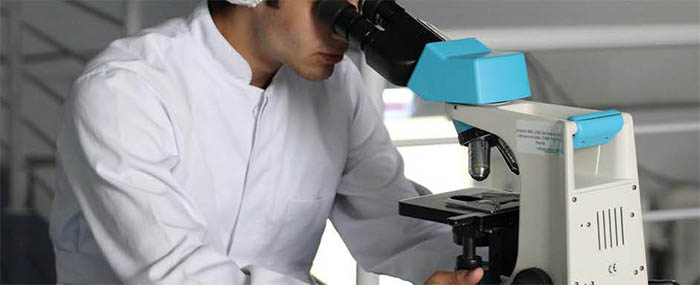
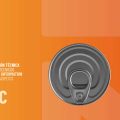

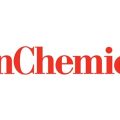
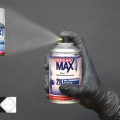



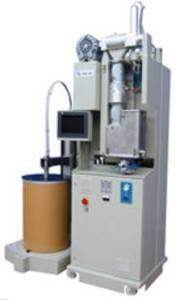
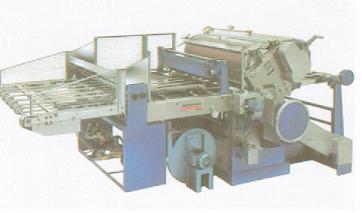
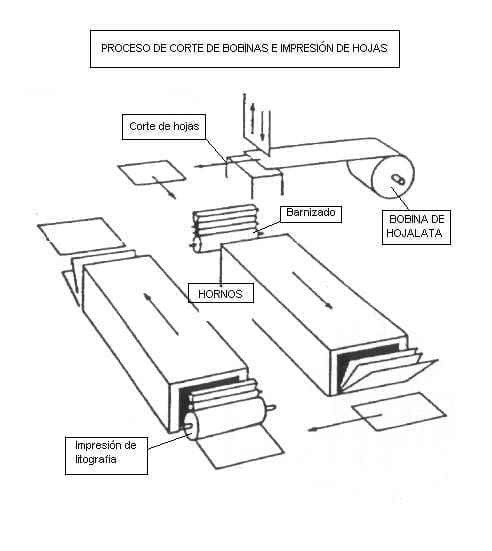



0 Comments